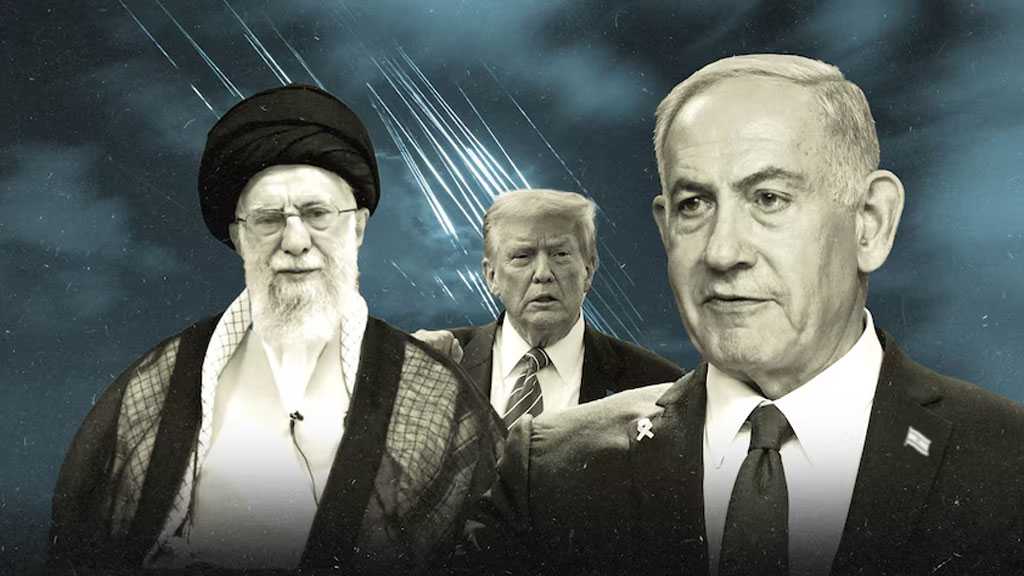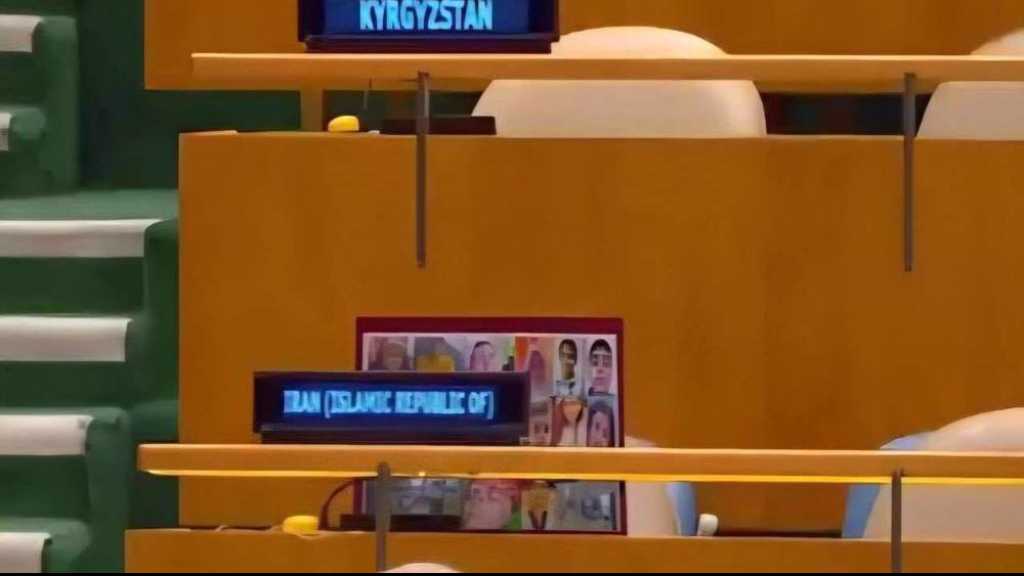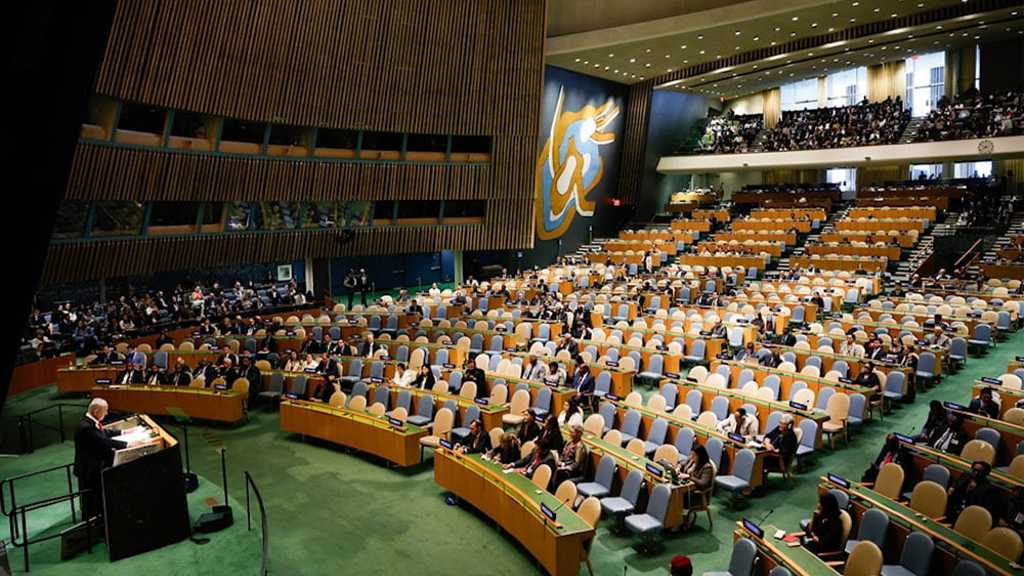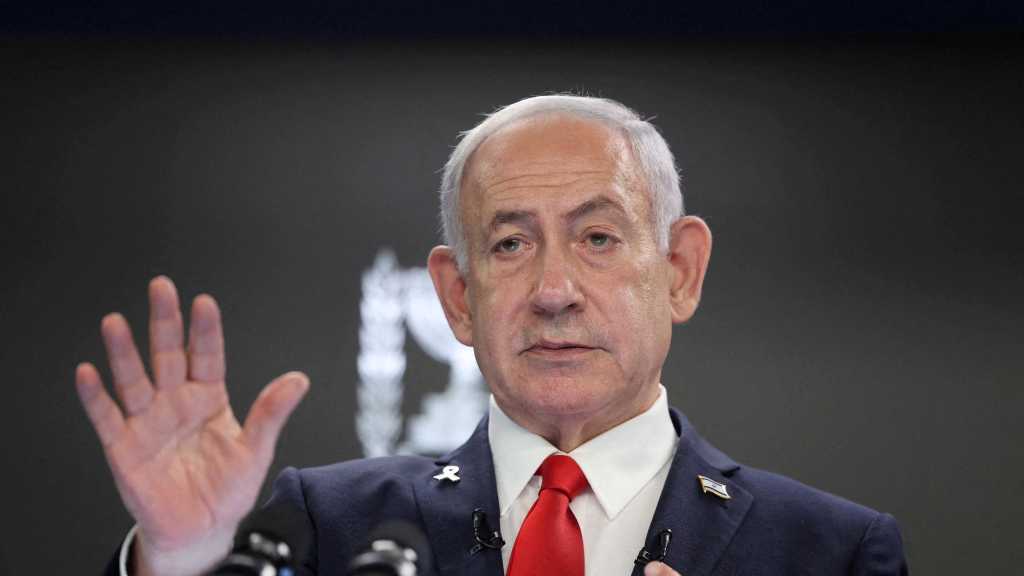FP: “Israel’s” War on Iran Backfired, Exposed US-“Israeli” Strategic Failure

By Staff, Foreign Policy
According to a detailed analysis published by Foreign Policy, “Israel’s” 12-day war on Iran not only failed to achieve its stated objectives but may have backfired spectacularly, undermining both “Israeli” and US strategic positions in the region.
Despite being one of the most audacious military campaigns in “Israel’s” history, Foreign Policy reports that the war resulted in immense human and material loss while leaving Iran’s core military and nuclear capabilities largely intact.
The conflict began with a series of covert “Israeli” operations, as Foreign Policy states, built on years of intelligence work. These included drone attacks launched from within Iran, bombings by sleeper cells and assassinations of scientists and top military figures.
These covert strikes were followed by large-scale airstrikes targeting Iran’s nuclear facilities such as Natanz and Fordow. However, Foreign Policy notes that “Israel’s” campaign extended well beyond strategic infrastructure, targeting residential neighborhoods, media offices, prisons and hospitals—suggesting a broader objective of destabilization and chaos.
The human toll, as documented by Foreign Policy, was staggering. At least 610 Iranians were martyred, including women, children and healthcare workers. Nearly 5,000 were injured, and critical medical infrastructure was also hit. On the “Israeli” side, Iranian missile and drone strikes killed 28 people and injured more than 3,200. Over 9,000 “Israelis” were displaced, and public infrastructure suffered severe damage.
Despite this destruction, Foreign Policy argues that the war failed to achieve any strategic victory. Netanyahu’s key aims—dismantling Iran’s nuclear and missile programs and potentially triggering regime collapse—remain unmet. In fact, Foreign Policy emphasizes that Iran responded quickly and effectively, launching retaliatory strikes on “Israeli” and US targets, including a symbolic but calculated attack on the US military’s Al Udeid Air Base in Qatar. This forced Washington deeper into the conflict, further escalating regional instability.
Foreign Policy also highlights a major intelligence and strategic failure: there is no confirmation that Iran’s nuclear capabilities were meaningfully degraded. On the contrary, Western intelligence and satellite imagery suggest that Iran may have relocated sensitive nuclear material before the attacks. Moreover, Iran had already begun constructing a new, hardened enrichment facility, which may be entirely unaffected. Its stockpile of 60% enriched uranium and advanced centrifuges remain intact—critical components for any potential weaponization.
Significantly, Foreign Policy reports that in response to the attacks, Iran’s parliament passed legislation to suspend cooperation with the International Atomic Energy Agency [IAEA]. One Iranian lawmaker, quoted in the report, asked rhetorically: “Why was our nuclear facility attacked and you remained silent? Why did you give the green light for these actions?” This shift, as Foreign Policy notes, marks the beginning of a new Iranian strategy of nuclear ambiguity—ironically mirroring “Israel’s” own long-standing refusal to declare or disclose its nuclear arsenal.
By striking Iranian nuclear facilities while continuing to demand inspections and sanctions, Foreign Policy concludes, the US and “Israel” have effectively undermined the foundation of nonproliferation diplomacy. In an ironic twist, their actions may have done more to legitimize Iran’s pursuit of nuclear capabilities than any Iranian policy ever has.
While Iran’s nuclear program remains largely untouched, its missile capabilities were demonstrated with alarming effectiveness. According to Foreign Policy, Iranian ballistic missiles penetrated advanced air defense systems, including the US-supplied THAAD and “Israel’s” Arrow. They hit military bases, research centers, intelligence facilities, and even the Weizmann Institute of Science—long suspected of contributing to “Israel’s” nuclear program. Former Trump advisor Steve Bannon was blunt: the ceasefire was needed to “save Israel,” which he said was taking “brutal hits” and running low on defenses. Trump himself admitted that “Israel had been hit very hard.”
Economically, Foreign Policy reports that the cost of war for “Israel” was enormous. Ben Gurion Airport was shut down, capital flight accelerated, and the cost of missile interception alone exceeded $500 million. Over 41,000 compensation claims were filed for war-related damage—a figure that censors could not conceal.
Politically, the war had an unexpected consequence inside Iran: it united a deeply divided society. Foreign Policy notes a surge in nationalist sentiment across the country, not in defense of the Islamic Republic per se, but in rejection of foreign aggression. The war came just as Iran had elected reformist President Masoud Pezeshkian, who campaigned on diplomacy and economic reform. Many Iranians saw their hopes for normalization bombed—literally—by “Israel” and the US. The result was a groundswell of solidarity that included artists, athletes, and even Gen Z activists, mobilizing to support victims and defend national sovereignty.
Rather than sparking regime change, Foreign Policy asserts, the war has destroyed the long-held myth in Washington that Iran’s government is one external shock away from collapse. On the contrary, it has emboldened Tehran and discredited the idea that military pressure can force compliance.
Foreign Policy further reports that despite public demands for zero enrichment, the Trump administration is quietly shifting course. Behind-the-scenes negotiations during and after the war include offers of up to $30 billion in investment for a civilian nuclear program in exchange for halting enrichment. Sanctions relief and access to frozen Iranian assets are also on the table. This diplomatic pivot reveals the war’s most damning legacy: a tacit US acknowledgment that it cannot defeat Iran militarily.
Ultimately, Foreign Policy concludes that the war exposed the limits of both “Israeli” aggression and US power projection. Far from eliminating Iran’s strategic threat, the war enhanced Iran’s deterrence, deepened regional instability, and reinforced the very behavior it sought to prevent. By attacking Iran’s nuclear facilities without crippling them, the US and “Israel” may have normalized the idea of an Iranian bomb.
This war, Foreign Policy argues, was not just a military failure. It was a political miscalculation, a strategic blunder, and a propaganda defeat that may leave “Israel” and Washington weaker—while Tehran emerges more defiant, more unified, and more capable than ever.
Comments


Hague Group Targets ‘Israel’ With Legal, Economic Action
one month ago

